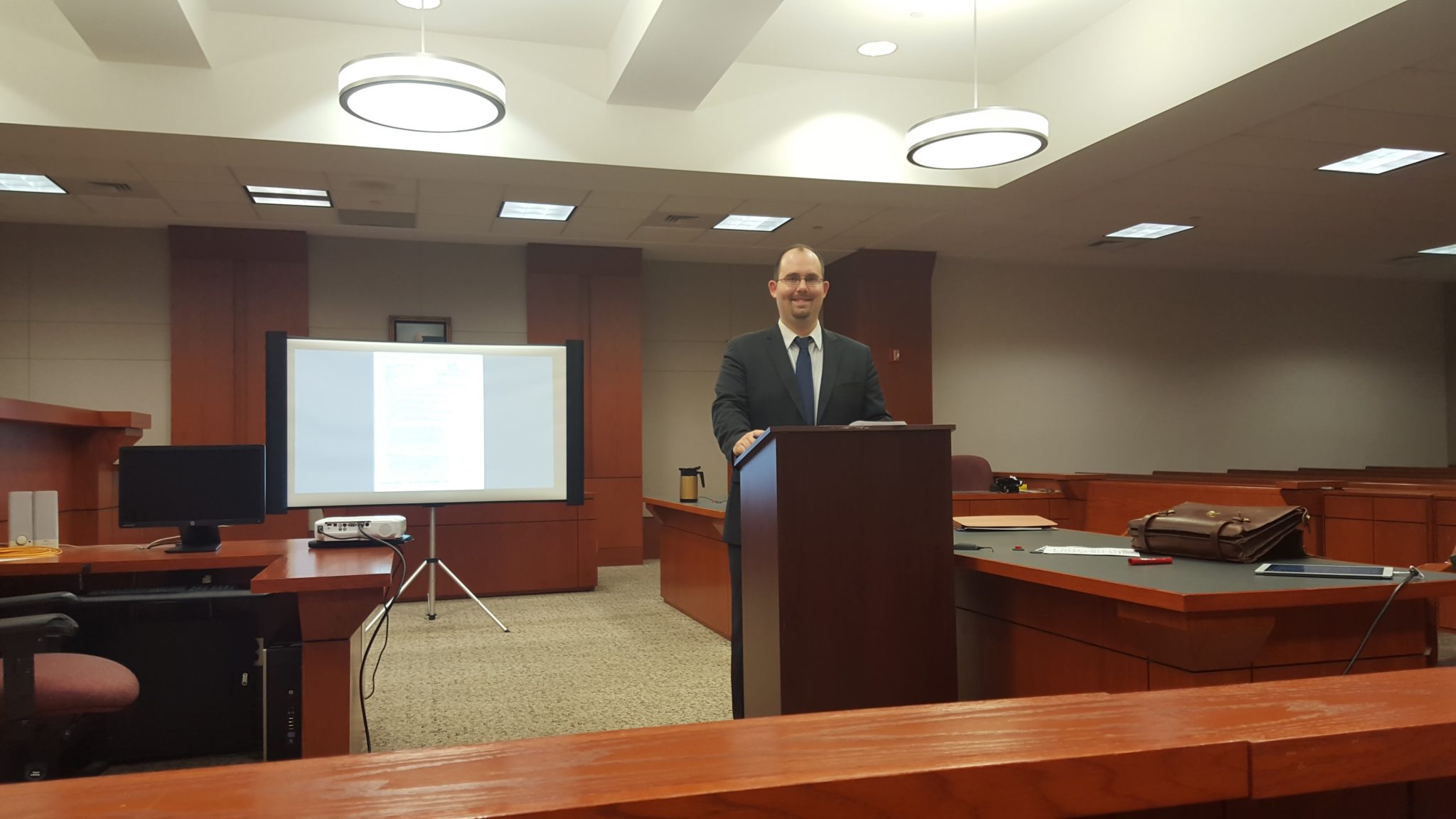Browsing Facility Instances: Just How to Create Reliable Trial Presentations for Optimum Outcomes
Browsing Facility Instances: Just How to Create Reliable Trial Presentations for Optimum Outcomes
Blog Article
How to Produce Engaging Trial Presentations That Sway Juries and Judges
Crafting compelling test discussions that captivate judges and juries is a nuanced art that needs a critical strategy. By using ingenious visual tools, incorporating interactive components, and devoting time to rigorous practice and rehearsal, legal experts can dramatically enhance the impact of their court room presentations.
Understanding Your Audience
To efficiently engage your audience throughout trial discussions, it is vital to understand their choices, expectations, and degree of competence in the subject. By tailoring your presentation to fulfill the certain needs of the target market, you can improve their understanding and retention of the details presented.
Begin by investigating the demographics of the audience, such as age, education level, and occupation. This details can aid you determine their familiarity with lawful procedures and readjust your presentation design accordingly. A jury may need simpler language and more aesthetic help contrasted to a team of legal experts.
Additionally, take into consideration the mental and psychological facets of your target market. Are they sympathetic in the direction of specific disagreements or more likely towards realities and proof? Comprehending these subtleties can help you frame your presentation in a way that resonates with the audience on a much deeper degree.
Narration Methods
Comprehending your target market's preferences and assumptions can significantly affect the effectiveness of your trial presentations, specifically when executing storytelling strategies to captivate and convince. Narration is a powerful device that can help legal representatives attach with discretionary on a much more psychological level, making complex legal arguments more memorable and relatable.

Incorporating vivid information, individual narratives, and rhetorical tools can better improve the storytelling experience, maintaining the target market engaged and invested in the outcome of the instance. By crafting a convincing story that reverberates with the values and emotions of the court and judges, lawyers can raise the possibilities of winning their arguments and attaining positive verdicts.
Aesthetic Presentation Devices
Using visual discussion tools can substantially improve the impact and performance of trial discussions by offering an aesthetically appealing means to communicate intricate info to courts and judges. Aesthetic aids such as graphes, animations, layouts, and graphs can assist streamline elaborate information, making them more reasonable and obtainable to the audience. By integrating aesthetic elements into test discussions, lawyers can produce an engaging story that resonates with jurors and leaves a long lasting impact.

Including Interactive Elements
Incorporating interactive aspects right into test discussions can enhance audience interaction and understanding, cultivating an extra interactive and immersive court experience. By incorporating components such as interactive timelines, 3D computer animations, clickable displays, and virtual reality reconstructions, attorneys can mesmerize jurors and courts, making intricate details a lot more memorable and accessible.
Interactive timelines allow for a dynamic display of chronological events, helping the audience learn this here now grasp the sequence of vital events in an instance. 3D computer animations can bring criminal activity scenes or crash repairs to life, supplying a thorough aesthetic depiction that helps in clearing up elaborate details. Clickable exhibits make it possible for customers to engage with proof, files, or images, enabling a hands-on expedition of essential details.
Additionally, online reality repairs can move the target market into the heart of the action, giving an engaging point of view that traditional discussions might lack. These interactive components not just engage the visitors however also encourage them to proactively join the test next procedures, leading to an extra persuasive and impactful court room presentation.
Technique and Wedding Rehearsal
To successfully leverage the potential of interactive components in trial presentations, detailed technique and wedding rehearsal are necessary to ensure smooth integration and distribution in the court setting. Technique and wedding rehearsal help test presenters come to be accustomed to the web content, timing, and circulation of their presentations, enabling them to confidently browse through various elements such as video clips, animations, or interactive graphics. By practicing their delivery, speakers can refine their talking skills, body movement, and overall discussion style to improve persuasion and reliability prior to the jury and judge.
Throughout practice, speakers can identify any type of technological problems that might arise with interactive aspects, ensuring that whatever runs efficiently during the real test. Additionally, practicing before a mock audience or coworkers can provide useful responses on the effectiveness of the interactive elements and the total presentation. This comments permits speakers to make necessary modifications and renovations before entering the court room, inevitably enhancing the effect and success of their test discussions.
Conclusion
To conclude, producing interesting test discussions that captivate judges and courts calls for a deep understanding of the target market, reliable storytelling techniques, visual tools, interactive aspects, and complete technique (Trial Presentations). By applying these strategies, legal professionals can efficiently communicate their disagreements and evidence in a compelling manner that resonates with the decision-makers in the courtroom
Utilizing visual click resources presentation tools can substantially improve the influence and performance of trial discussions by giving a visually interesting means to communicate complicated info to juries and judges. By incorporating aesthetic components right into test presentations, attorneys can create a compelling story that reverberates with jurors and leaves an enduring perception.
One prominent visual discussion device is the use of multimedia presentations, which allow for the assimilation of video clips, photos, and audio recordings to supplement verbal arguments. Trial Presentations.To properly utilize the capacity of interactive elements in trial discussions, complete method and rehearsal are essential to make certain smooth integration and distribution in the court setting. Technique and wedding rehearsal help test presenters come to be acquainted with the content, timing, and circulation of their presentations, permitting them to with confidence navigate with different components such as videos, computer animations, or interactive graphics
Report this page